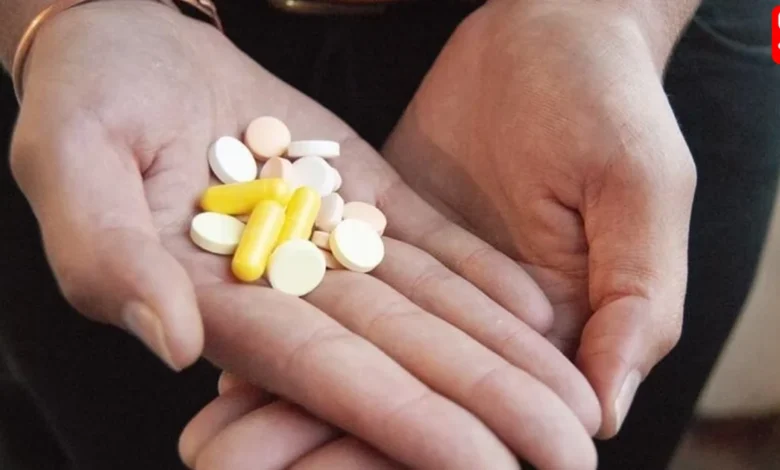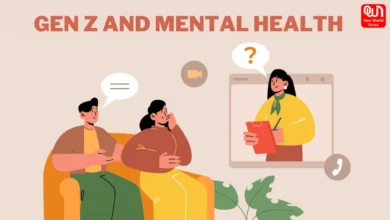The Growing Threat and Consequences of Antibiotic Resistance
In our modern world, the ease with which we combat infections through antibiotics is often taken for granted. However, the rise of antibiotic resistance poses a looming threat, turning once easily treatable conditions, like urinary tract infections (UTIs), into potentially life-threatening situations.
A World Without Antibiotics: A Grim Reality
Imagine the scenario: a UTI that doesn’t respond to antibiotics. In a reality without these drugs, what starts as discomfort can quickly escalate to a perilous situation. The absence of antibiotics allows bacteria to spread to vital organs, putting lives at risk. Unfortunately, this isn’t a dystopian fantasy; it’s a growing reality.
The Escalation of Antibiotic Resistance
More and more bacteria are evolving to resist the antibiotics that were once effective against them. The conventional approach of using antibiotics to kill bacteria is being challenged as these microorganisms adapt, multiply, and pass on resilient genes. The result is a world where having access to antibiotics that no longer work is as good as having no antibiotics at all.
Alarming Statistics: The Toll of Antibiotic-Resistant Infections
In 2019, a staggering 1.27 million people worldwide succumbed to antibiotic-resistant bacterial infections, as reported in The Lancet. Europe alone witnesses over 670,000 infections annually, leading to approximately 33,000 deaths. Medical experts express increasing concerns about the diminishing effectiveness of trusted antibiotics, emphasizing the urgency to find alternatives.
The Roots of Resistance: Overuse and Misuse
Antibiotic resistance has been steadily growing due to overexposure. Doctors, at times, prescribe antibiotics unnecessarily, and patients may prematurely stop their medication once symptoms alleviate. The incomplete course allows bacteria to survive and adapt, fostering resistance. Moreover, in some regions, antibiotics are accessible without prescriptions, increasing the risk of misuse.
read more : Boost Metabolism: 5 Natural Weight Loss Tips
Antibiotics in Agriculture: A Hidden Culprit
The use of antibiotics in agriculture adds another layer to the problem. In mass meat production, antibiotics are fed to animals, and in orchards, they are sprayed on fruits. This practice introduces antibiotics into our water and food supply, exposing bacteria to sub-lethal doses. Rather than eradicating bacteria, these trace amounts serve as training grounds, fostering resistance.
The Race for Alternatives: A Dwindling Effort
As antibiotic resistance escalates, the need for alternative medications becomes critical. Unfortunately, funding in this vital area is dwindling, leading many scientists to abandon their research. Chris Dowson, head of the Infectious Disease Research Group at the University of Warwick, warns that we are not only losing antibiotics but also the teams dedicated to discovering them.
In conclusion, the threat of antibiotic resistance is real and multifaceted. From overprescription to agricultural practices, the factors contributing to this crisis are diverse. Urgent actions are required to curb the misuse of antibiotics, invest in research, and discover new alternatives. The consequences of inaction could mean a world where once easily treatable infections become deadly, posing a serious risk to global public health.
Like this post?
Register at One World News to never miss out on videos, celeb interviews, and best reads.









